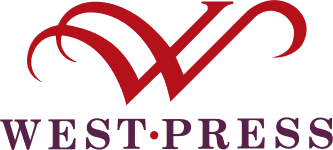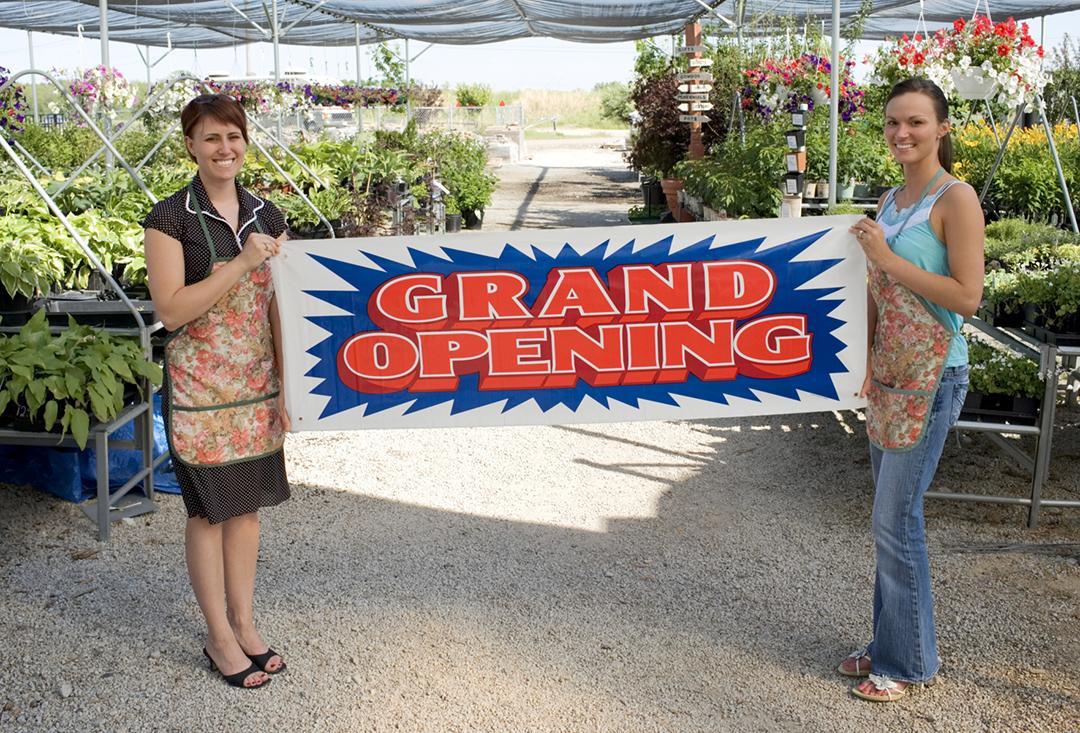Visibility
Your signage should be sized accurately for your desired viewing distance. Standard sign sizes include: 12” x 18”, 18” x 24”, 22” x 28”, 24” x 36”, 24” x 60”, 36” x 96” and 48” x 96”. For every ten feet of viewing distance your sign will need one inch of letter height. The sign should then be placed in a location where it can maximize exposure to your target audience. For example: If you are hanging a banner on the front of your building and your building is 25 feet from the street, your text will need to be at least two and a half inches tall to be effectively viewed from the street.
Readability
Your sign should be organized in a manner that easily conveys your intended message. Consider emphasizing key words and phrases with larger letters, bold typestyles and/or additional colors. Grouping graphic elements and text logically, separating them by layout and spacing can greatly enhance the speed and effectiveness of your signs communication. Adding a border to your sign increases reading speed by 26% and adding a second color increases retention by 78%.
Notice-ability
Your sign should incorporate some design elements that will help it stand out from the surrounding landscape. Color combinations and contrast, motion and/or uniqueness of the design can add to the notice-ability of your sign. The top five color contrast combinations for notice-ability are: black on yellow, white on black, yellow on black, black on white, and blue on white.
Legibility
Typestyle selection is crucial to the effectiveness of a sign. The proper font will convey your desired image without sacrificing the readability of your sign. Many script and specialty fonts can be difficult to read, limiting the ability to distinguish individual characters, especially over greater viewing distances.
Raster versus Vector?
For large format signage it is important to understand that there are 2 common file compositions raster (pixels) and vector (paths). A raster image is created in a program such as Adobe Photoshop and uses a grid of pixels to form shapes. When enlarged, raster artwork becomes blurry. Raster artwork can also be quite large—taking up 500mb and taxing your computer. On the other hand, vector images are composed of paths and created in programs such as Adobe Illustrator. This vector art scales with these paths remaining crisp and clear plus file size is generally small.
Whether you have questions on creating large format graphics or choosing the right material, the Large Format team at West Press is here to answer your questions. Contact West Press or your Account Executive at 520-624-4939 today.

